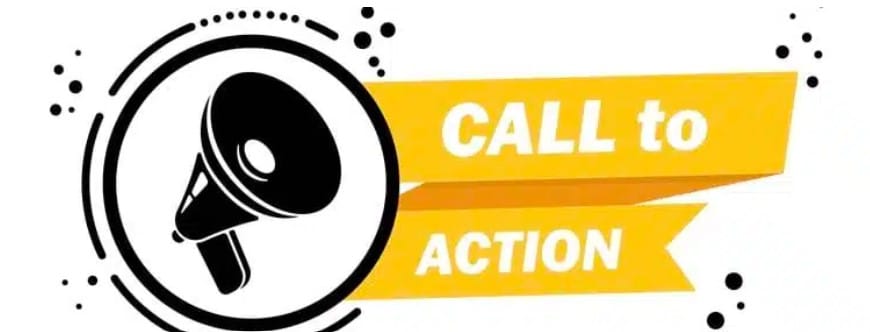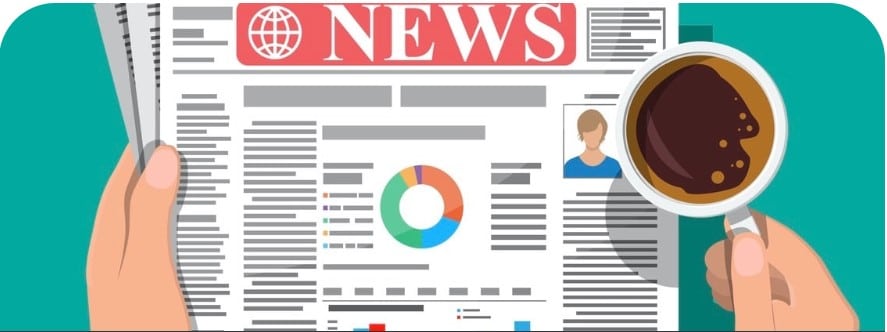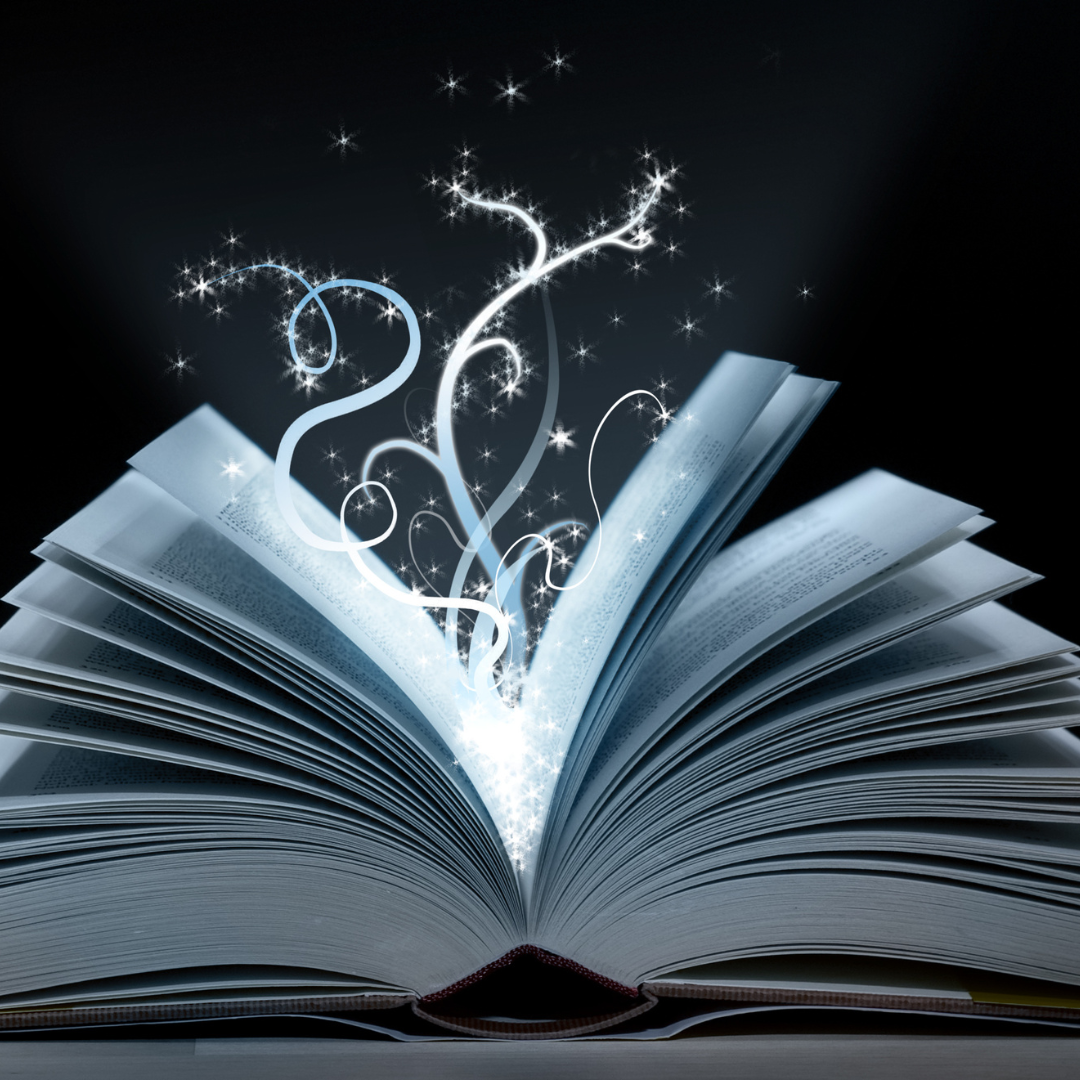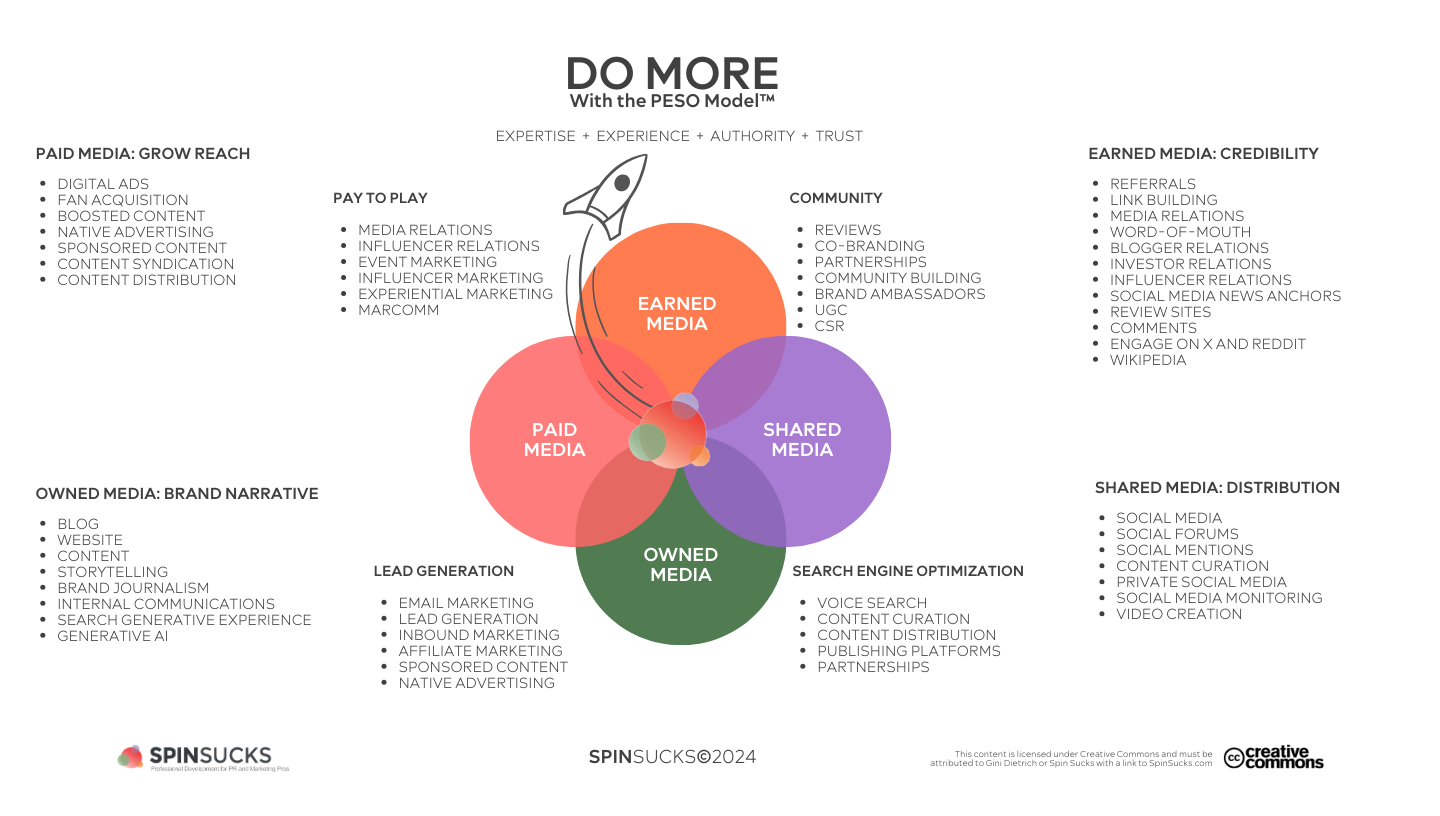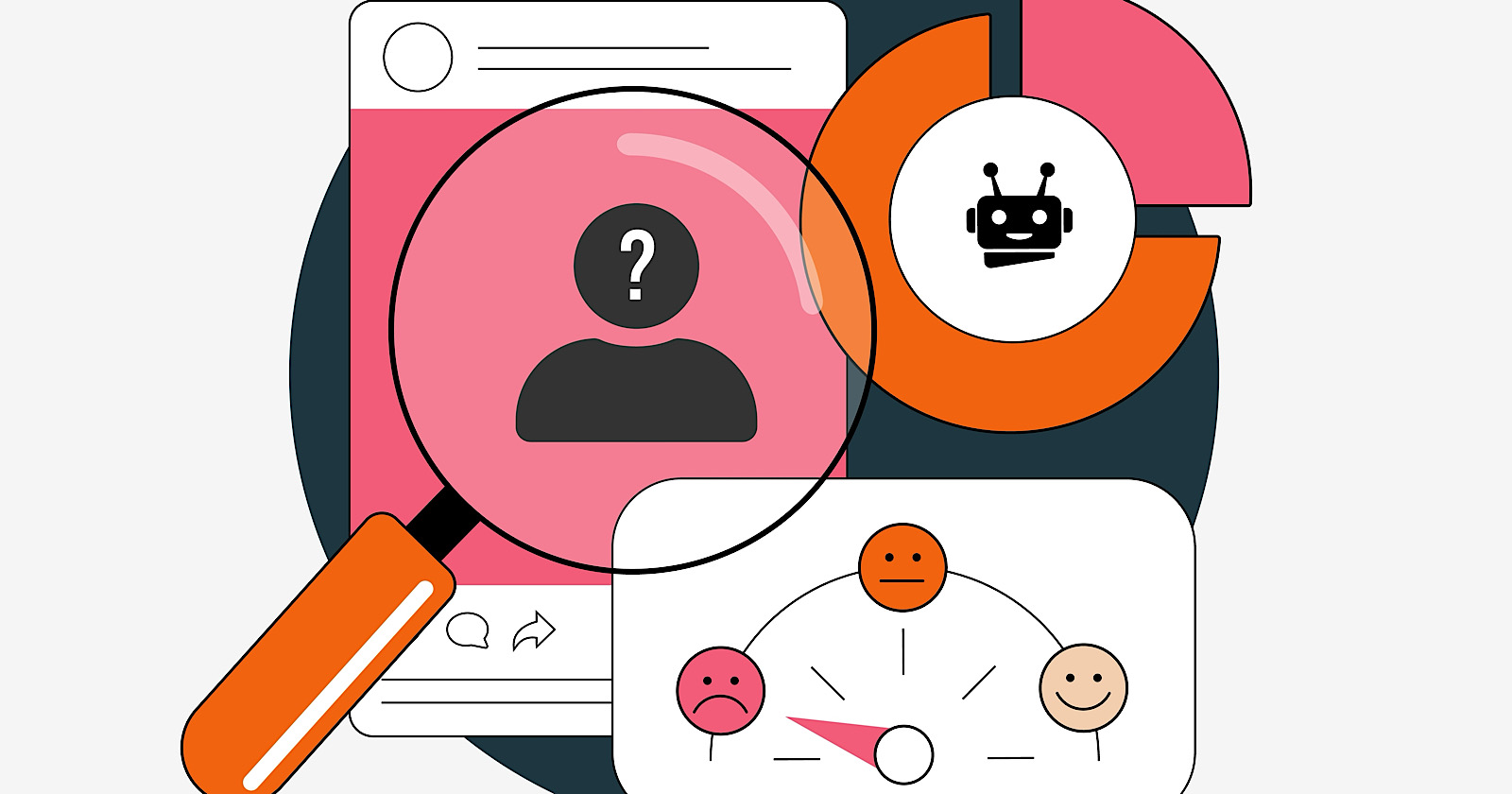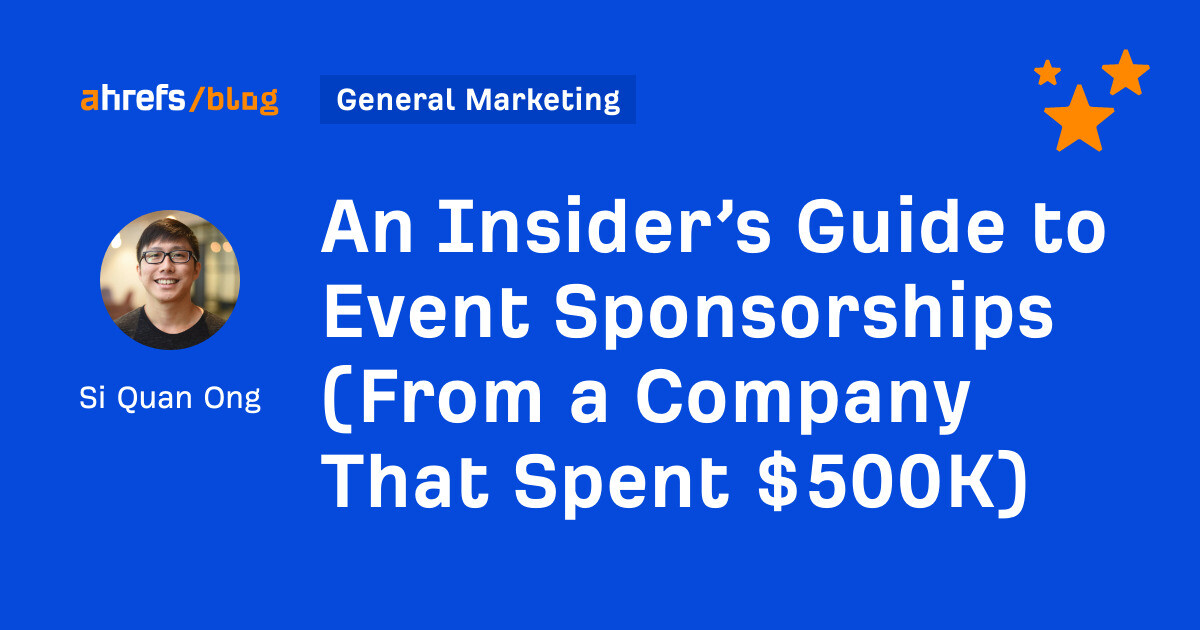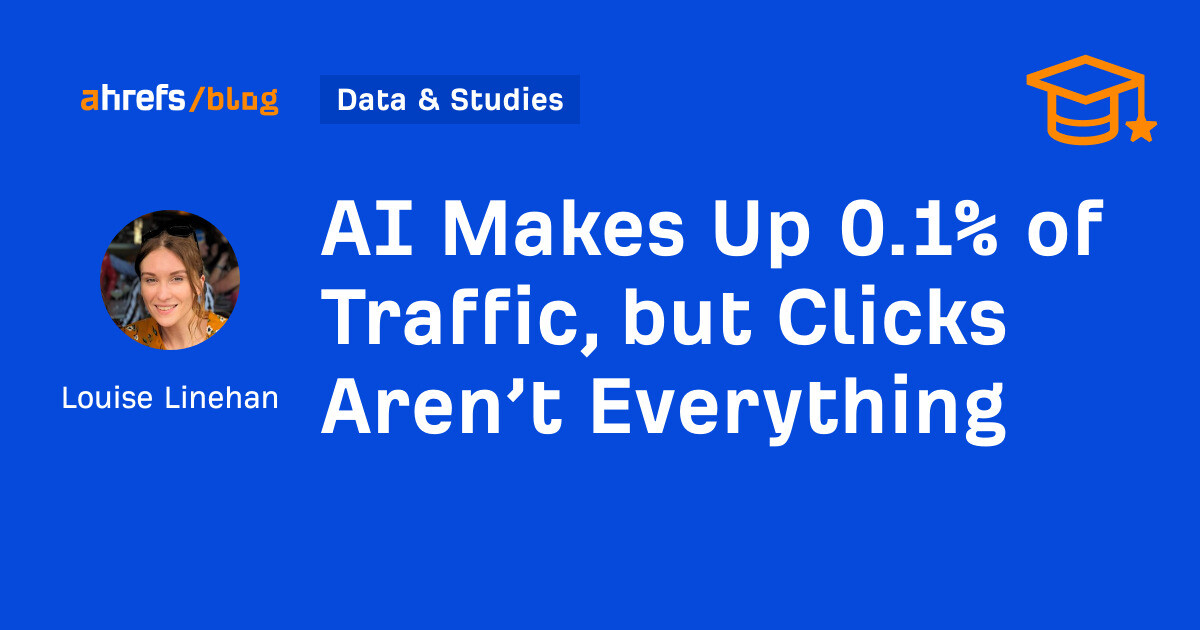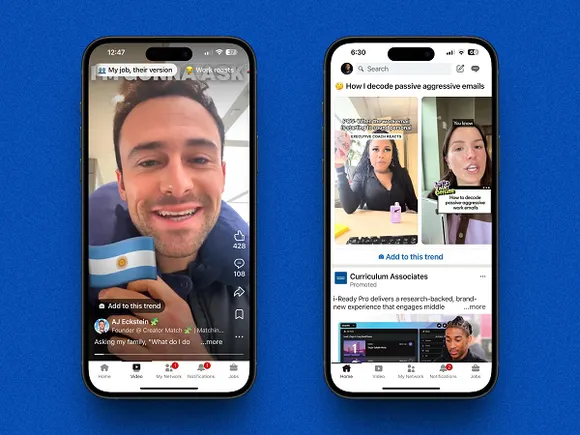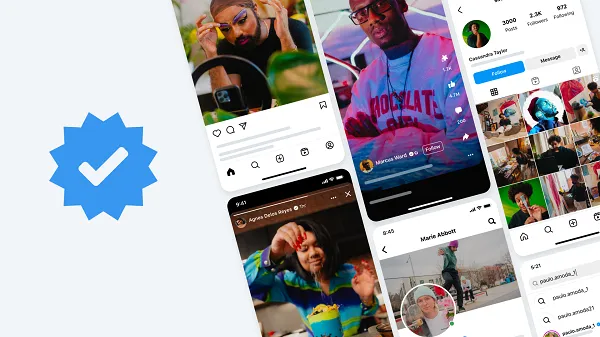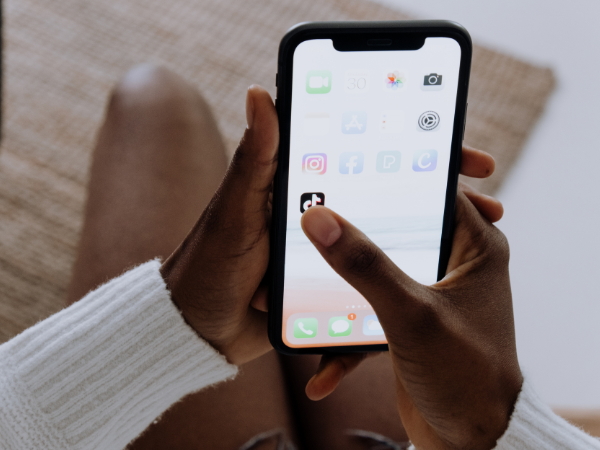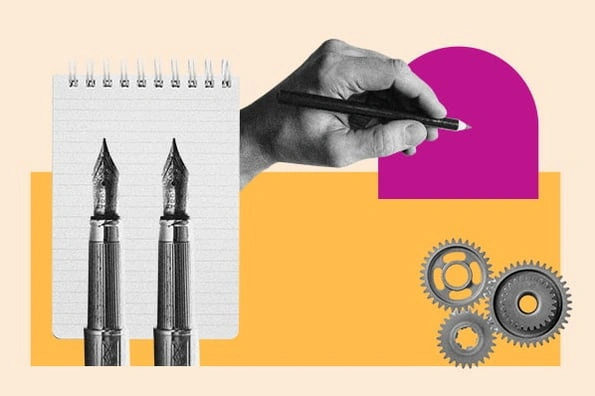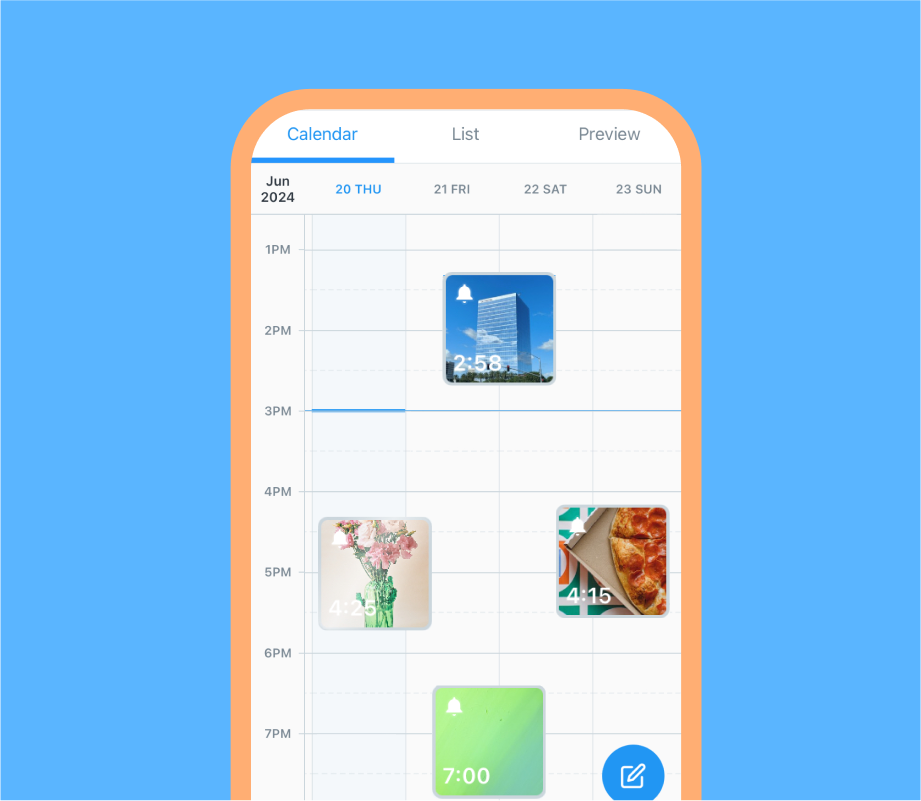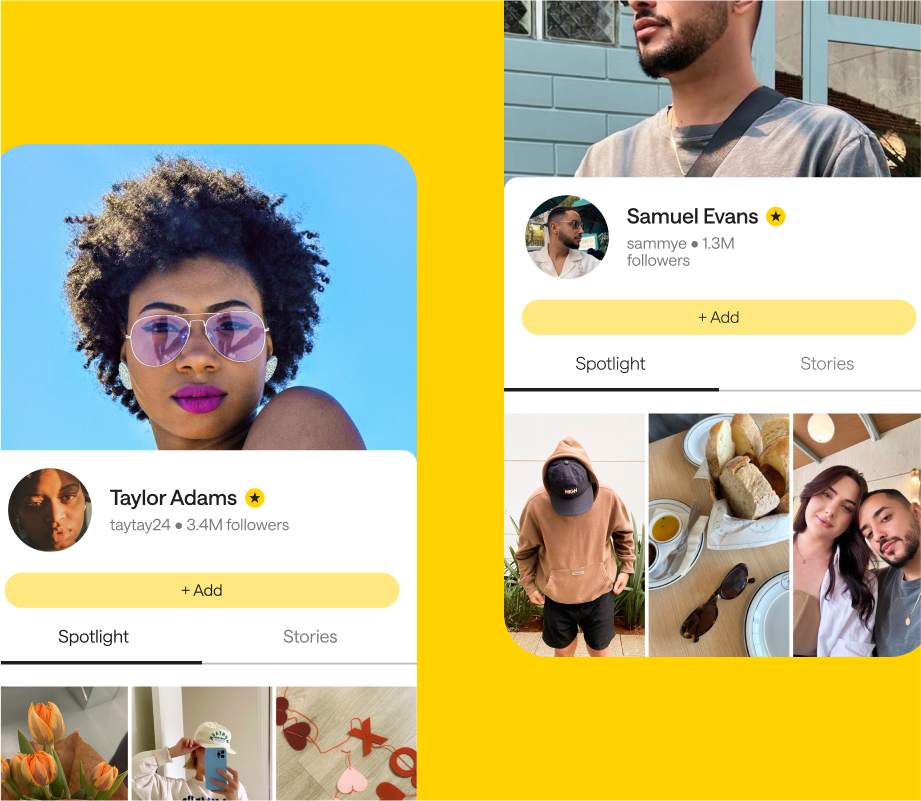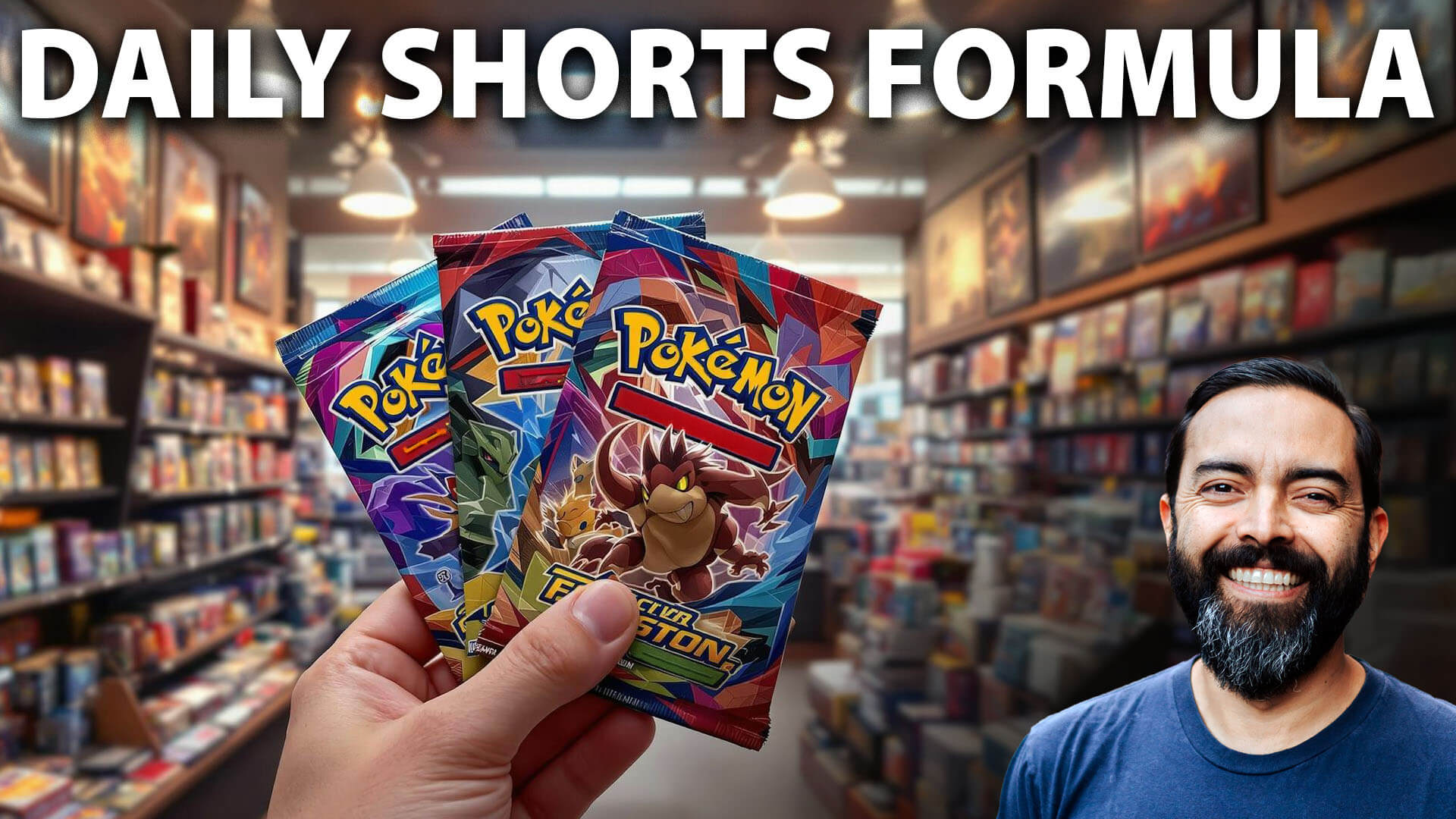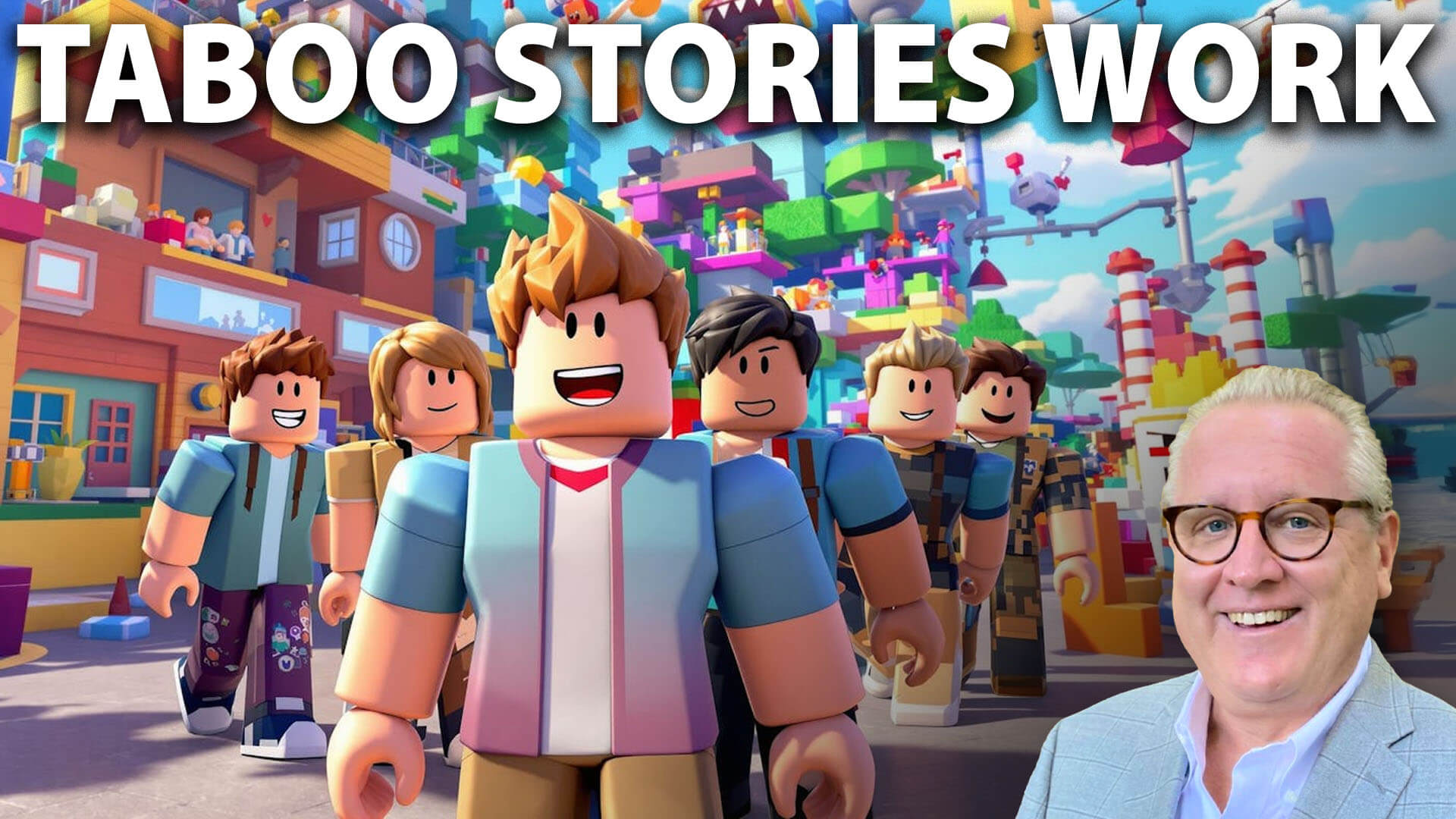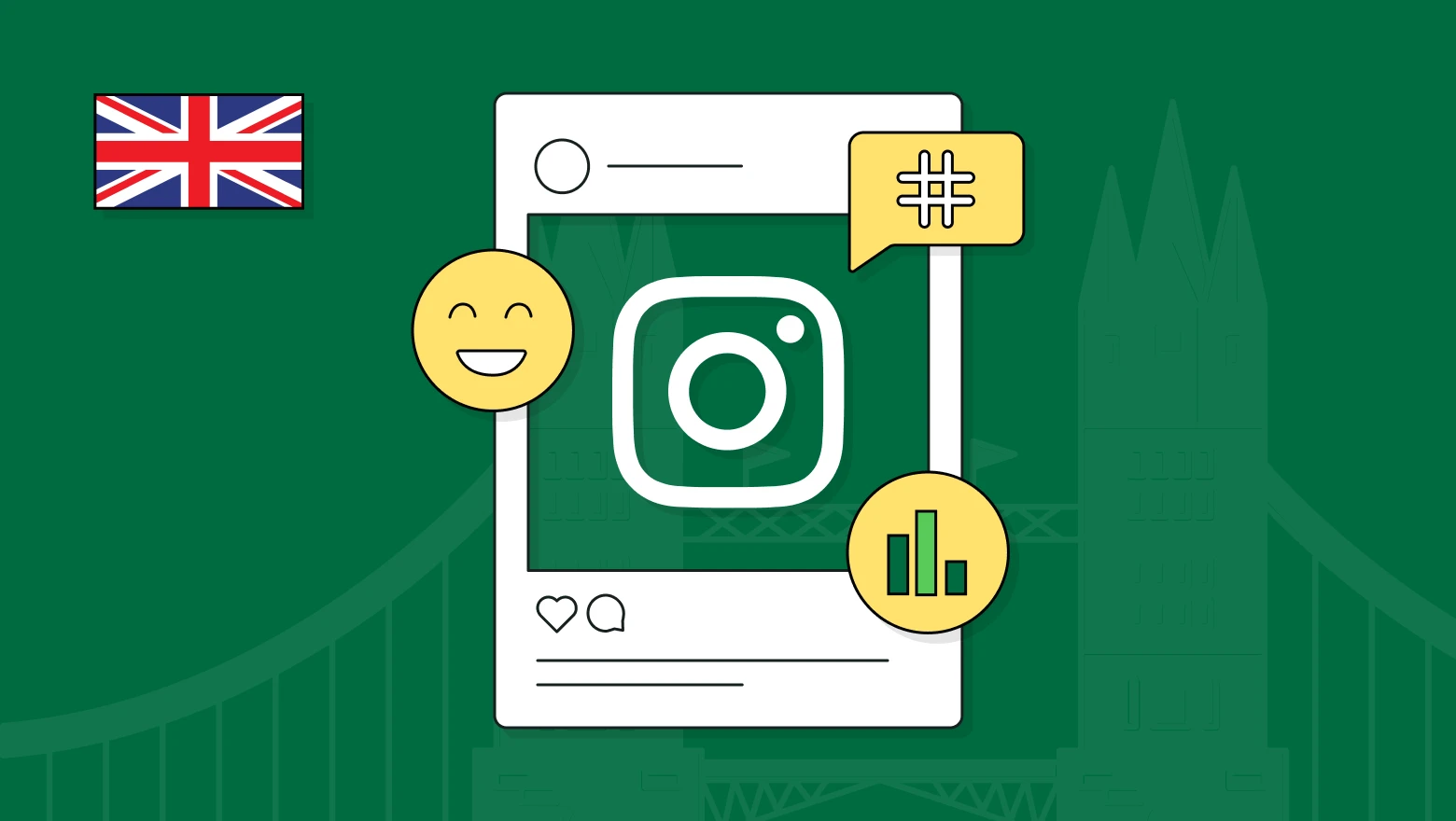EMILY WAS SO EMBARRASSED
Emily, an anthropomorphized button the color and texture of a strawberry, is happy dancing and twirling her blue ribbon in the privacy of her craft-box bedroom. Her friend Becky, a yellow button, enters them both in a talent show, but Emily doesn’t want to dance in public—she’s very anxious about making a mistake (“I might mess up”). But she agrees, for Becky’s sake. They practice hard, and once they’re on stage together, Emily is able to perform…until she trips on her ribbon and falls down. Luckily, Becky keeps singing. Emily picks herself up and restarts her routine. After the show, her button friends all congratulate her and ask her to teach them dancing. Olson tells Emily’s story through simple prose and exquisitely staged photographs depicting actual google-eyed buttons with wire legs and arms. The scenes are ingenious in their composition, incorporating motion shots (note especially Emily’s ribbon dances, and the juggling tableau on Page 14), setting-appropriate repurposings (such as pencils for bench seats), a mixture of artfully focused close-up and establishing shots, and copious background details to contextualize the button protagonists. Emily is a relatable character and her trepidation will resonate with many a budding young performer. That she actually does mess up is an astute plot development, teaching kids to embrace the doing and sharing of what they love—not to overvalue being perfect at it.


Emily, an anthropomorphized button the color and texture of a strawberry, is happy dancing and twirling her blue ribbon in the privacy of her craft-box bedroom. Her friend Becky, a yellow button, enters them both in a talent show, but Emily doesn’t want to dance in public—she’s very anxious about making a mistake (“I might mess up”). But she agrees, for Becky’s sake. They practice hard, and once they’re on stage together, Emily is able to perform…until she trips on her ribbon and falls down. Luckily, Becky keeps singing. Emily picks herself up and restarts her routine. After the show, her button friends all congratulate her and ask her to teach them dancing. Olson tells Emily’s story through simple prose and exquisitely staged photographs depicting actual google-eyed buttons with wire legs and arms. The scenes are ingenious in their composition, incorporating motion shots (note especially Emily’s ribbon dances, and the juggling tableau on Page 14), setting-appropriate repurposings (such as pencils for bench seats), a mixture of artfully focused close-up and establishing shots, and copious background details to contextualize the button protagonists. Emily is a relatable character and her trepidation will resonate with many a budding young performer. That she actually does mess up is an astute plot development, teaching kids to embrace the doing and sharing of what they love—not to overvalue being perfect at it.











_3.jpg)

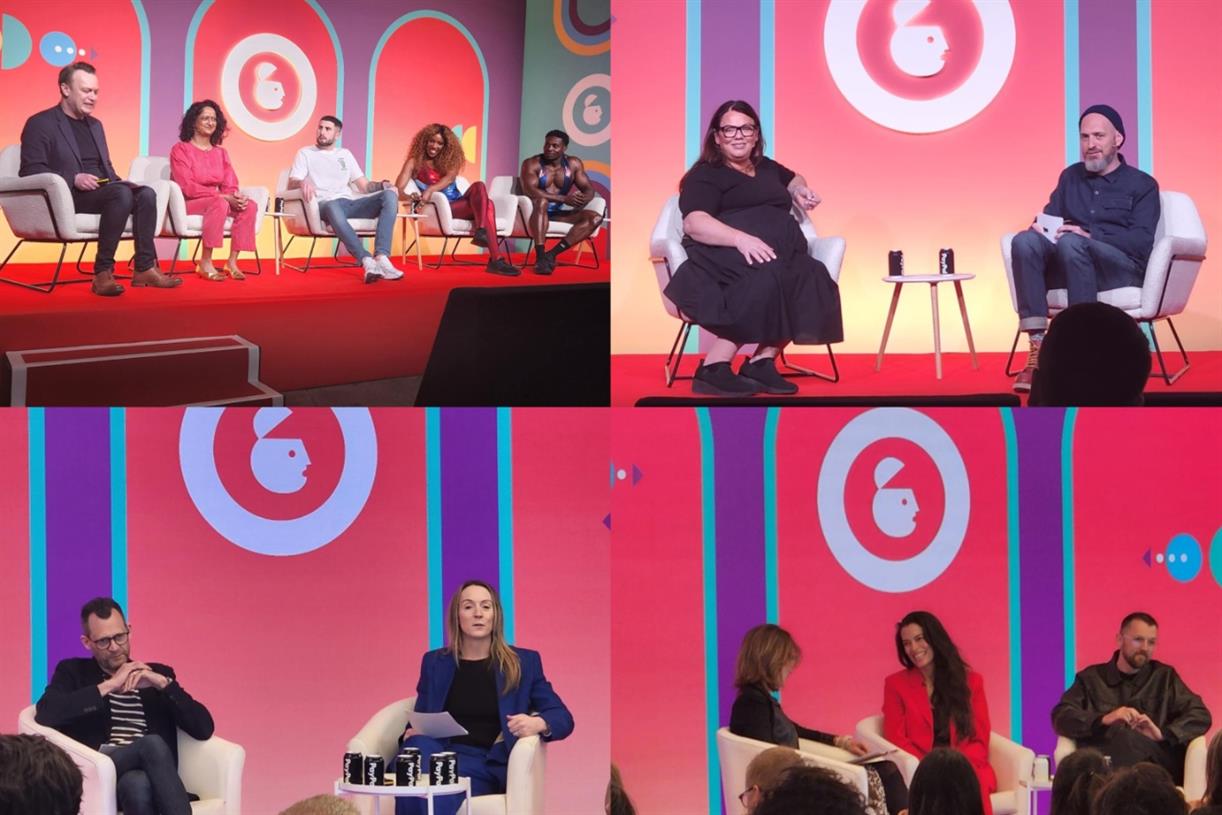
.jpg)







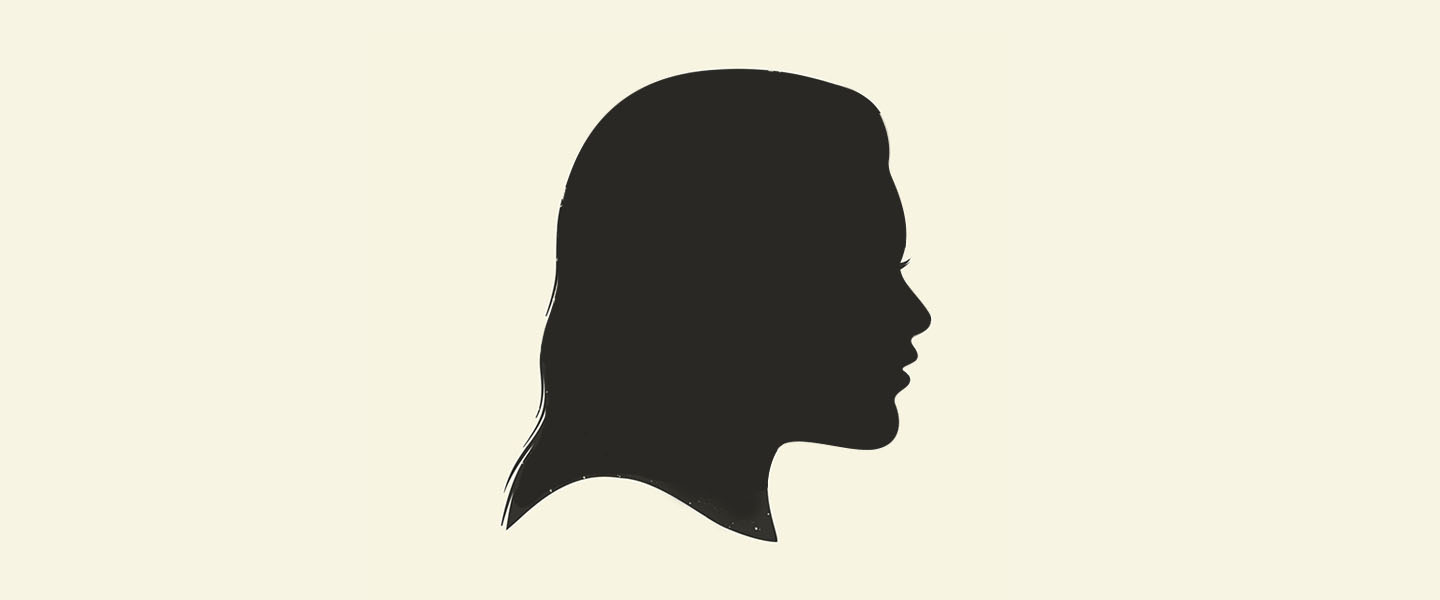





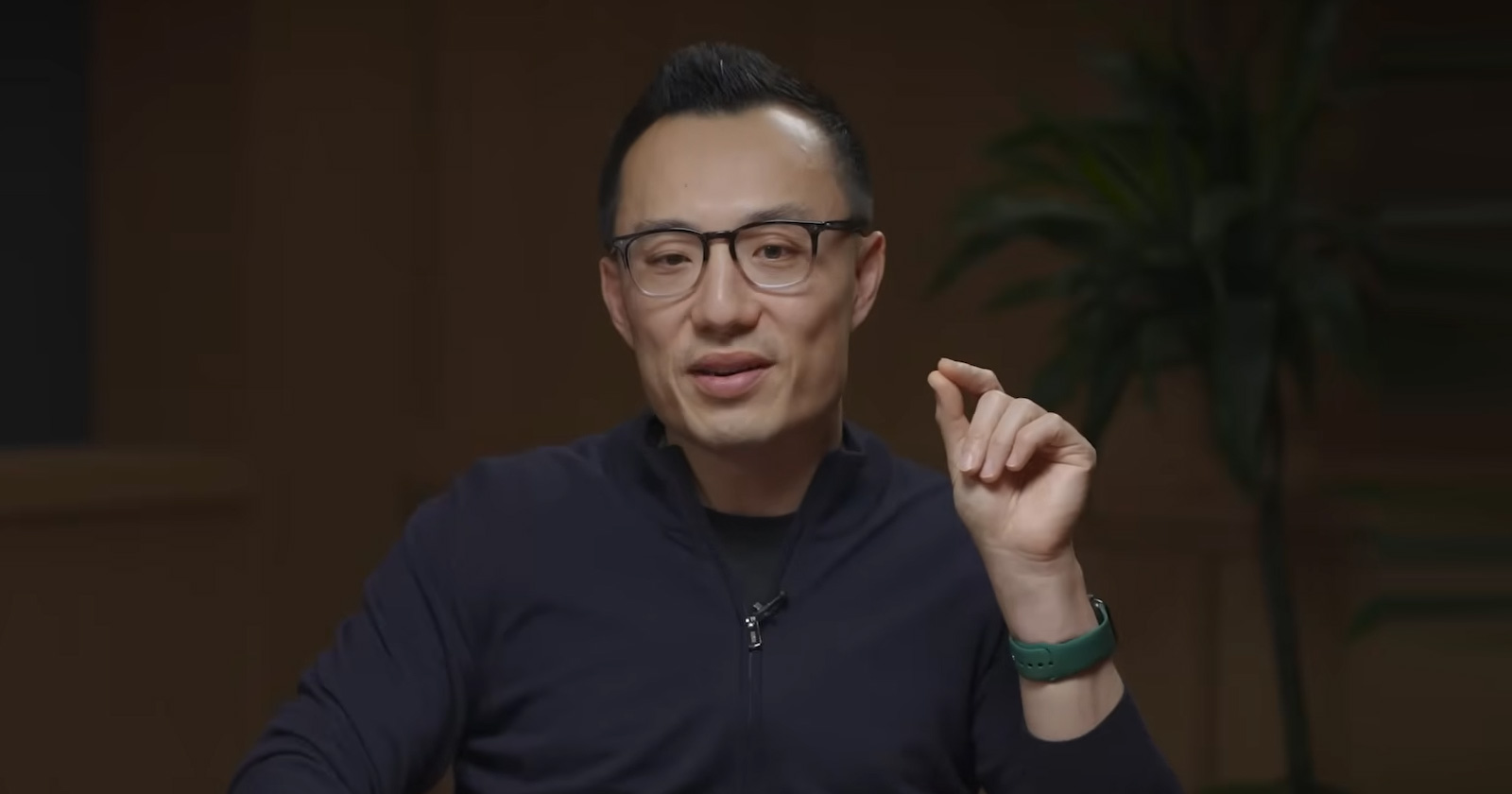

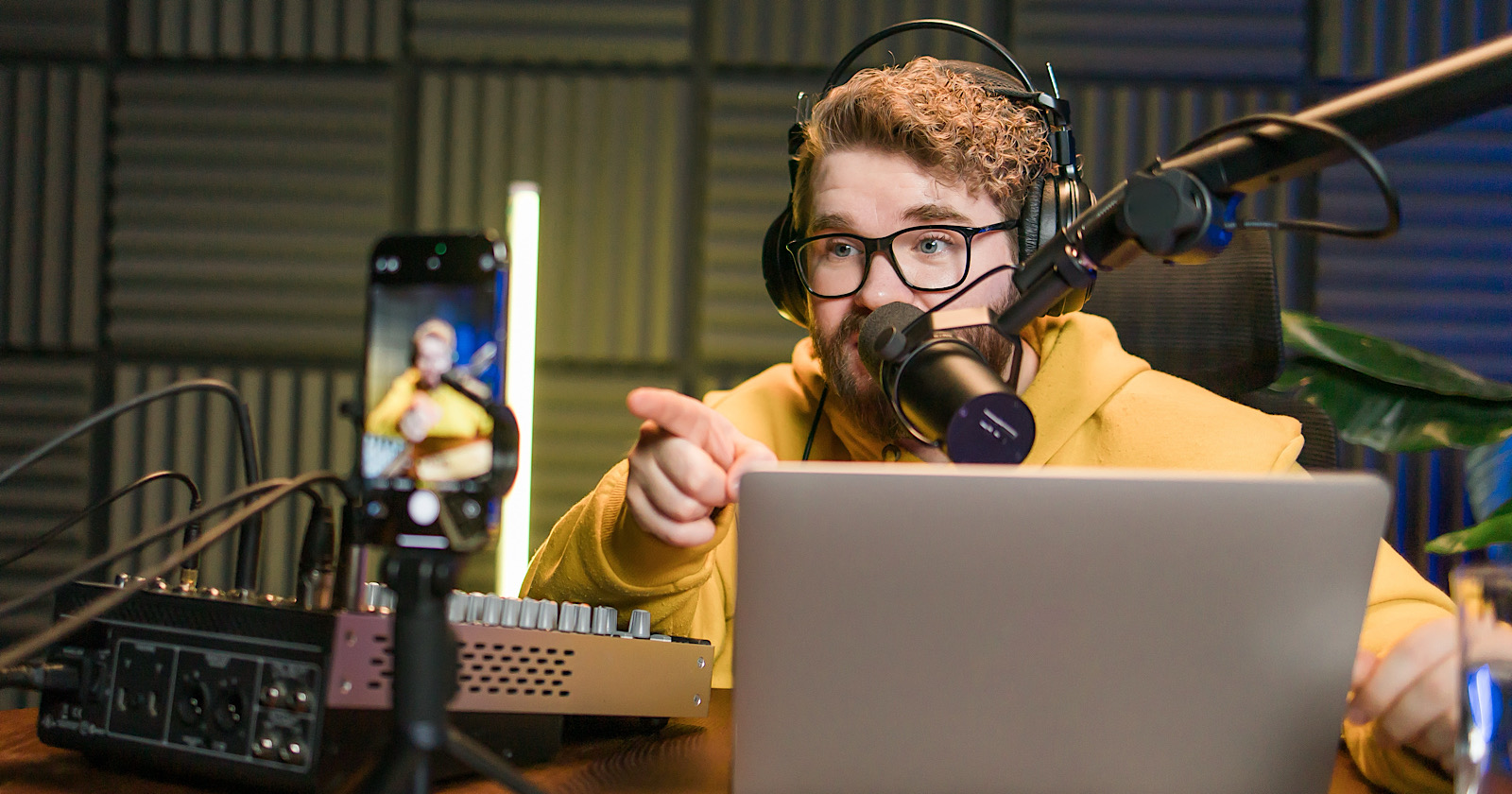



![How to Find Low-Competition Keywords with Semrush [Super Easy]](https://static.semrush.com/blog/uploads/media/73/62/7362f16fb9e460b6d58ccc09b4a048b6/how-to-find-low-competition-keywords-sm.png)

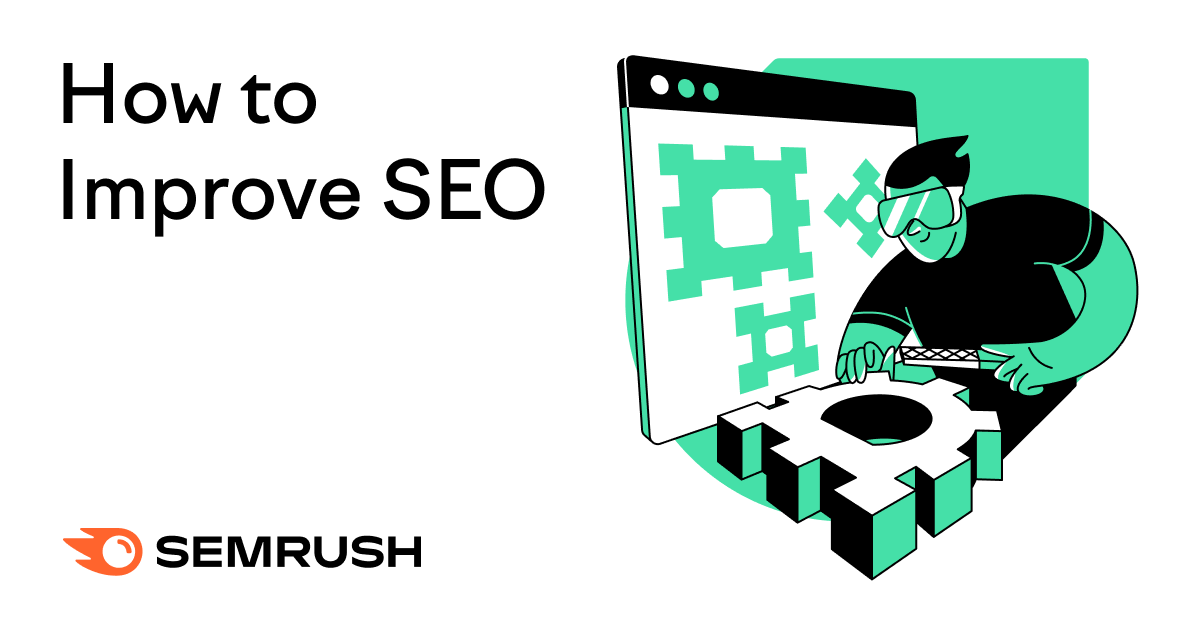

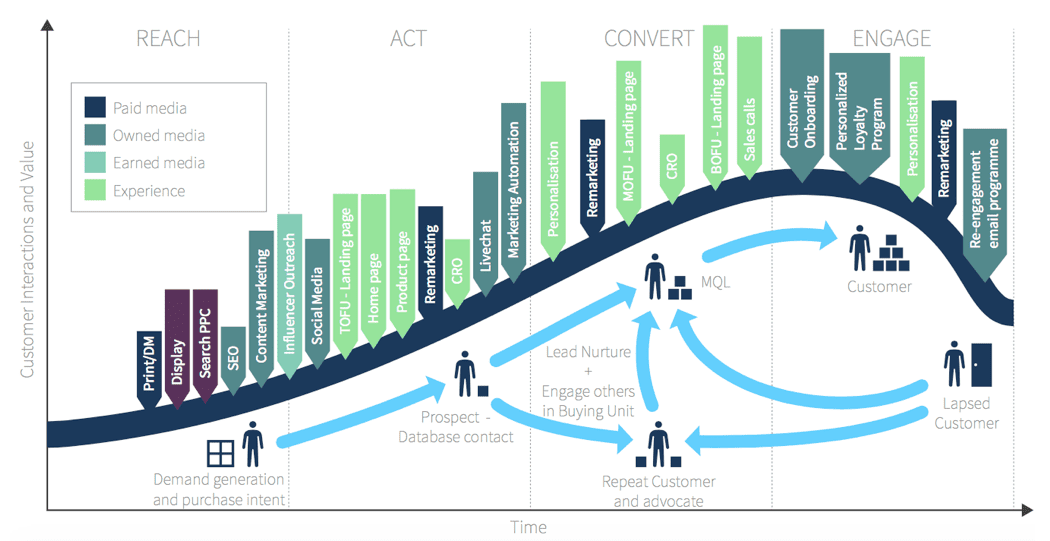
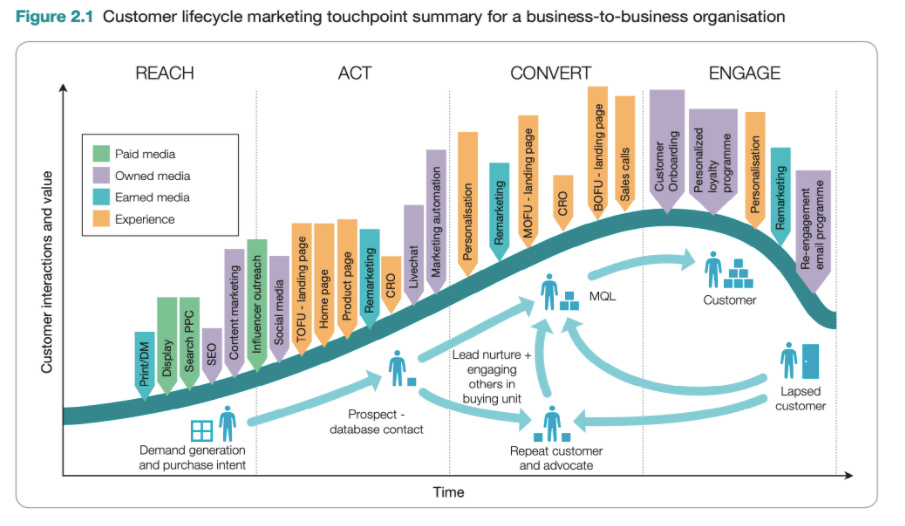
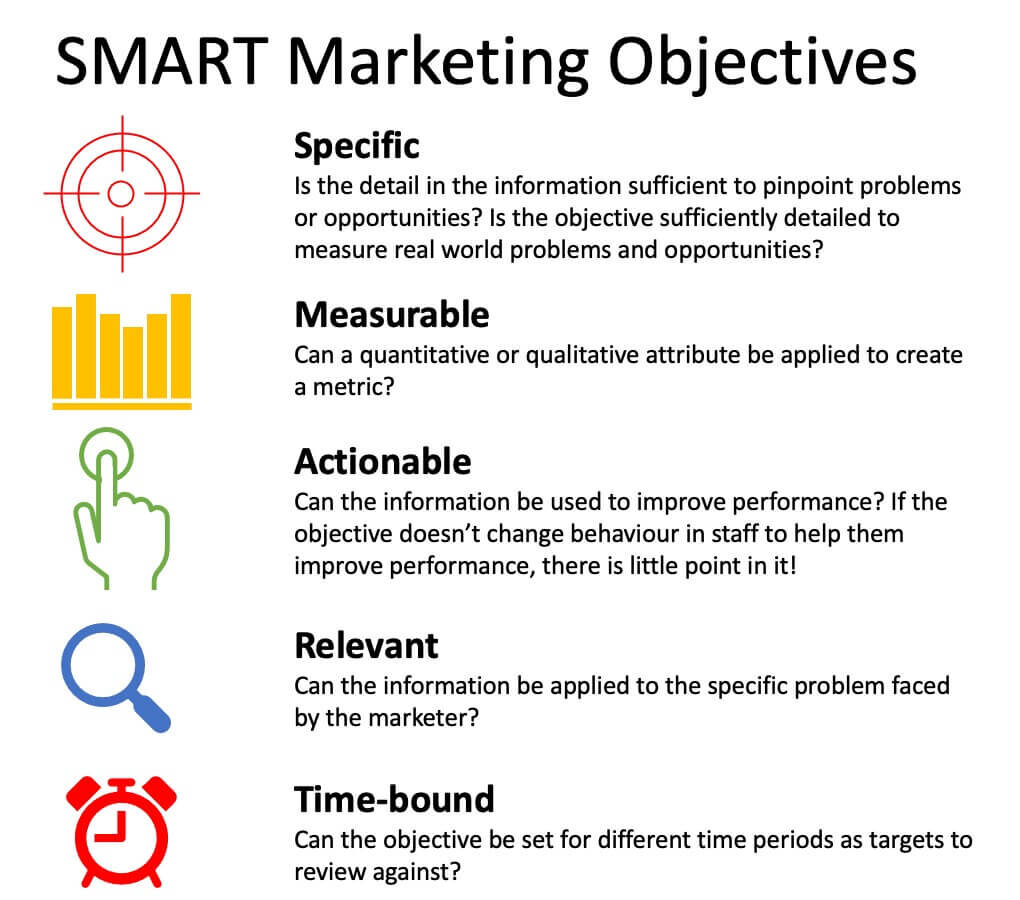
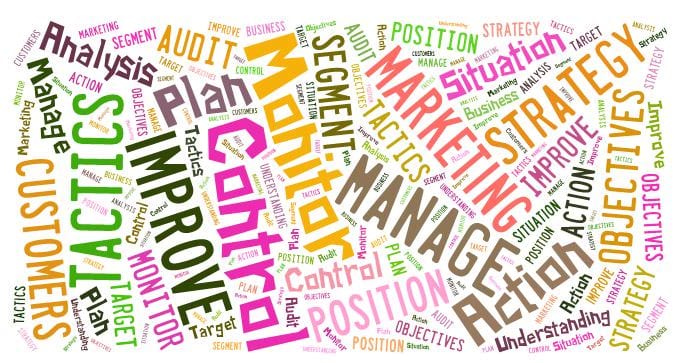








![How Marketers Are Using AI for Writing [Survey]](https://www.growandconvert.com/wp-content/uploads/2025/03/ai-for-writing-1024x682.jpg)






